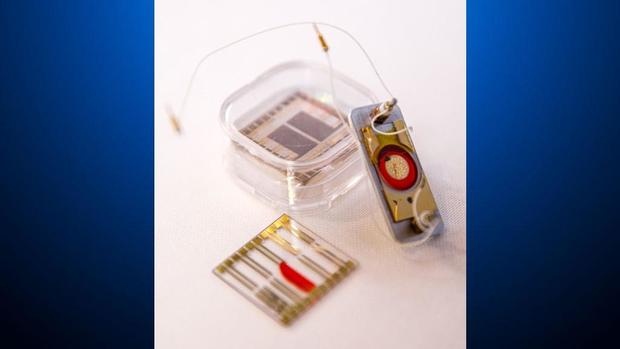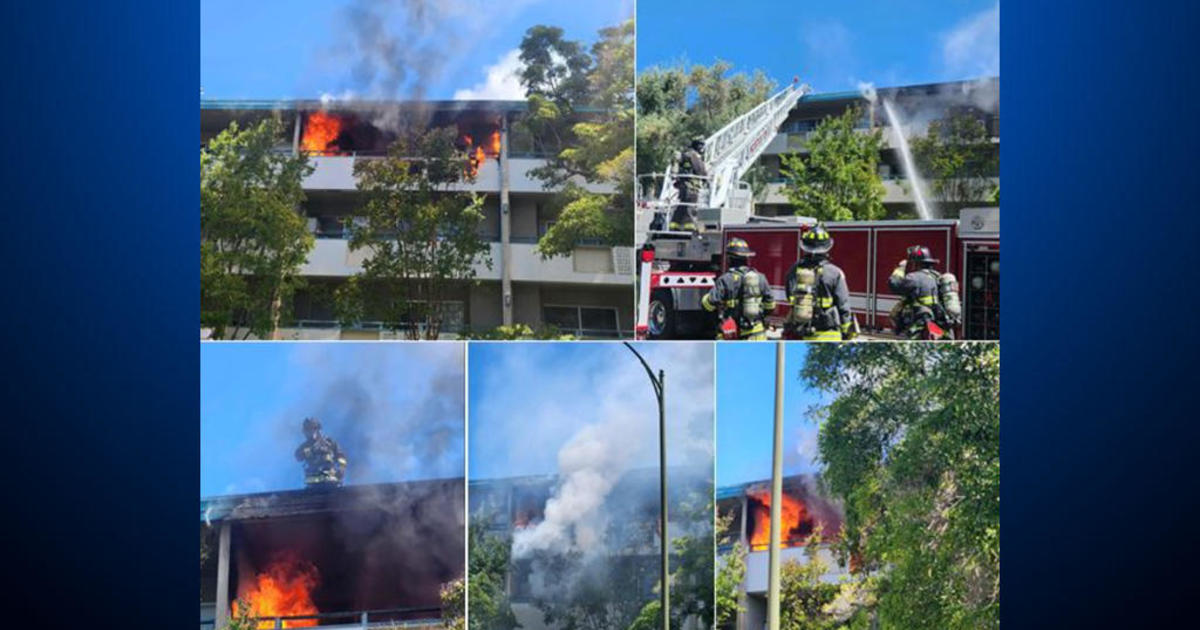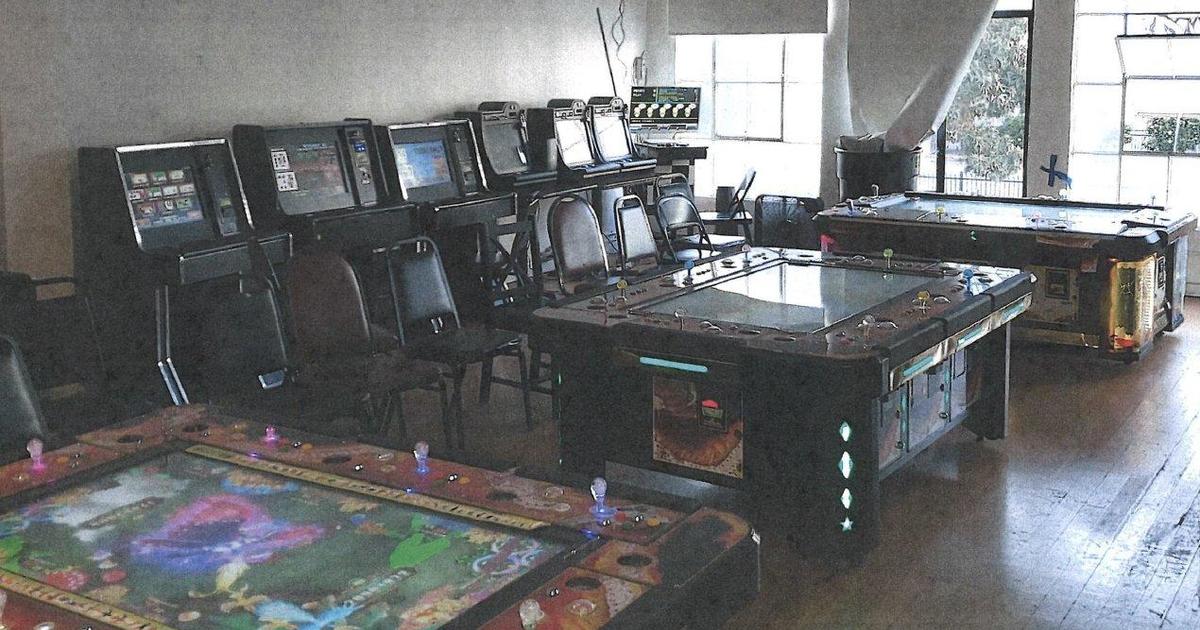Radiation therapy patch can save cancer patients from collateral damage to healthy tissue
A revolutionary manner of precisely delivering radiation therapy to cancer patients while minimizing collateral damage is being rolled out by scientists at Sandia National Laboratories in Livermore.
The scientists have created a patch that can stop damage to healthy tissue by detecting any misplaced radiation from body movement and halting the dosage being delivered to the patient.
In a press statement, Sandia Labs called the device an electronic polymer dosimeter for radiotherapy (EPDR). The device is a bandage-shaped polymer patch with electrodes and sensors that can detect and monitor the location and intensity of proton radiotherapy used to target certain cancerous tumors.
The electrodes detect the beam intensity and precise location in real time, stopping the radiation if it is off-target and recording the information to determine which tissues were penetrated and at what levels.
The imaging patch makes it easier to deliver a precise dose to the right location. Current systems prompt the radiation to stop when patient movement is sensed, but they can't sense how much radiation was misplaced or at what dosage.
"This is an important need, especially among pediatric patients," Patrick Doty, one of the creators of the patch, said in a press statement. "Proton radiation therapy is used to send a high dose of radiation into a specific area of the body to disrupt and destroy tumor cells, but the radiation also kills nearby healthy cells. The goal is to be as precise as possible when targeting the radiation, but human movement is an issue especially when dealing with children."
He added that doctors sometimes have to resort to general anesthesia for daily radiation therapy treatments that can last for weeks, just to prevent movement and misplaced radiation.
Origins of radiation patch idea
Doty and fellow materials scientist Isaac Aviña came up with the patch after noting the technology already existed from the lab's nuclear detection work.
"It had not been used anywhere else," Aviña said in the press statement. "It was invented here and was designed for detecting signatures from nuclear materials. We wanted to see if we could use it for other applications including cancer therapy, knowing cancer therapy has the same signatures."
The technology is especially vital for radiation treatments targeting certain cancers in difficult areas.
"Proton radiotherapy is the gold standard for treating certain cancers but there are problems with targeting it, especially in small areas like in prostate cancer and brain cancer and now we have a solution," Aviña said.
A personal stake in the mission
Aviña revealed his own father is battling cancer and he has learned much about cancer treatments and their often severe side effects.
"I wanted to find a way to help this whole process and wanted to contribute but didn't know how," Aviña said. "This became especially true while I was researching and talking with the clinics and learned what children have to undergo during these cancer treatments. I realized there was a gaping need in this field of oncology, and I wanted to help."
Sandia Labs said its team hopes the technology can soon change the lives of cancer patients for the better.
"For years we knew that we had a very cool material that did things that nothing else could," Aviña said. "We wanted to help in another area. We realized that is in cancer therapy."
What's next
Sandia Labs is exploring how to share the technology with cancer centers and entrepreneurs. and indicated that some of the country's top cancer centers already have the systems in place to begin testing the proton radiation therapy procedure.
The lab is also looking for partners that can bring the technology to other industries. According to the lab, it could provide real-time monitoring of radiation exposure for military personnel and first responders, or be adapted to detect chemical and biological exposures.




